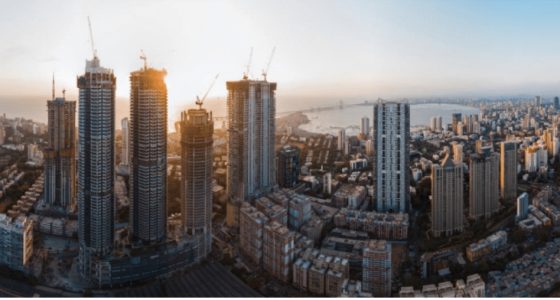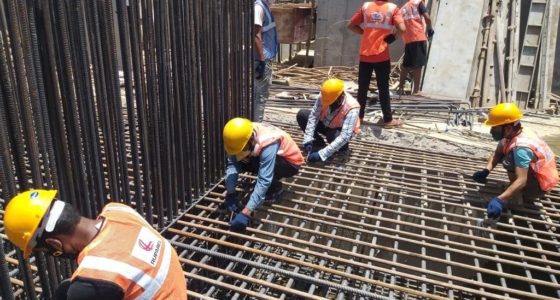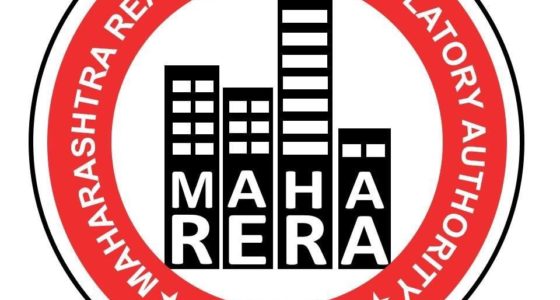There has been a significant rise in developers updating details of their housing projects by regularly filing the Quarterly Progress Report (QPR) with the Maharashtra Real Estate Regulatory Authority (MahaRERA). Currently, 62% of housing projects have updated their information compared to just 0.02% in January 2023, when MahaRERA began reviewing these projects.
The availability of updated information on MahaRERA’s website has greatly contributed to reducing and controlling complaints from homebuyers. This improvement is attributed to MahaRERA’s consistent efforts, including strict enforcement actions against non-compliant developers.
Strict Measures Drive Compliance
MahaRERA has taken decisive actions such as freezing bank accounts linked to projects and suspending MahaRERA registration numbers of developers who failed to respond to communication. These measures have ensured greater compliance with MahaRERA regulations, compelling builders to update project details regularly.
Currently, Maharashtra has 18,012 active housing projects. Out of these, 11,080 projects are now updating their QPR, reflecting a 62% compliance rate. This marks a significant shift from January 2023, when the Compliance Cell was established, and only 2 of 748 projects (0.02%) were adhering to the QPR update requirement.
Regulatory Framework and Compliance
The responsibilities of developers are outlined under Sections 3, 4, and 11 of the Real Estate (Regulation and Development) Act, 2016. Additionally, Order 33/2022, dated July 5, 2022, defines the roles and obligations of builders. As per these regulations, developers must update the QPR on MahaRERA’s portal every quarter—January 20, April 20, July 20, and October 20.
The QPR must include:
- Forms 1 and 2: Details on construction progress
- Form 3: Financial breakdown, including the number of flats and parking slots booked, payment received, expenditure incurred, and any amendments to the project plan
To enhance transparency, these updates must be consistently maintained.
Financial Quarter-Based Reporting System
To ensure strict compliance, MahaRERA introduced the Financial Quarter-Based Project Progress Reporting System in January 2023. A dedicated Compliance Cell was established to oversee the process, implementing various measures such as:
- Conducting seminars and discussions
- Imposing penalties on non-compliant projects
- Suspending MahaRERA registration numbers
- Halting the sale of flats in non-compliant projects
- Freezing bank accounts linked to defaulting developers
These measures have collectively resulted in a substantial increase in compliance, with 62% of projects now updating their details on a quarterly basis.
Positive Outcomes for Homebuyers
MahaRERA has consistently maintained that delays and negligence in updating QPRs will not be tolerated. The increase in updated project information has led to a more transparent real estate market, empowering homebuyers to make informed decisions. With a stricter regulatory approach yielding positive results, MahaRERA continues to reinforce its commitment to accountability and transparency in the housing sector.
Also Read: maharera blacklisted projects









